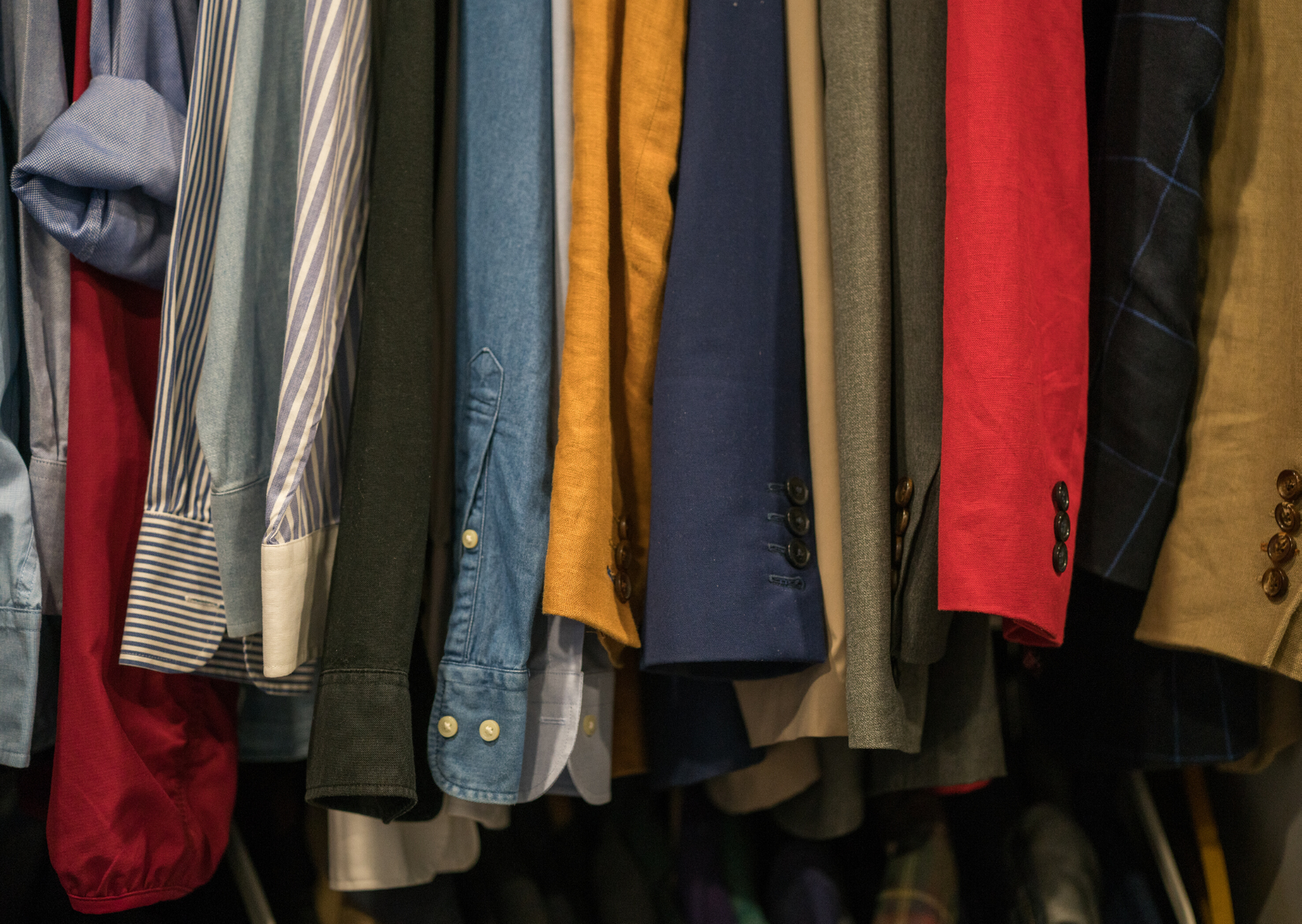
Our Top Tips for Shopping Second-Hand
Buying second-hand is fast becoming the norm, as more people try to shop in a way that’s not only more sustainable, but affordable too.
According to ThredUp’s 2020 Resale Report, the second-hand clothing market is projected to double in the next five years to hit $64 billion, and the total second-hand market is projected to grow to almost twice the size of the fast fashion industry by 2029.
Why is buying second-hand more sustainable?
-
Every piece of second-hand clothing you buy is one less brand-new item that you’ll need. The knock-on effects of this are endless, saving the virgin resources, energy, harmful chemicals, and human labour associated with new clothing production.
-
Increasing the lifespan of clothing dramatically reduces its original environmental footprint. Extending the life of clothes by just 9 months of active use would reduce carbon, water and waste footprints by 20-30% each (WRAP, 2015).
-
Reselling or donating your own clothes is a great way to reduce the amount of clothing that ends up in landfill.
Where can I buy second-hand clothes?
Nowadays, there are many more options than the classic charity shop!

-
Depop: an online, peer-to-peer app that allows you to browse a vast selection of second-hand clothing, shoes, accessories and makeup. Filters allow you to narrow down your search to brand, style, colour, size and more.
-
Etsy: Great for unique, custom and handmade pieces.
-
Ebay: A good option if you’re looking for something specific.
-
Oxfam has a great selection of second-hand clothes and accessories for sale on their website.
-
Renting: Hire Street is a growing platform that allows you to hire clothing for a range of different occasions. Great for outfit inspiration too!
-
Swapping: platforms such as Vinted, Swopped, and Swancy App all allow you to exchange your clothes with other members.
If you are interested in getting the most out of your local charity shops, read on!
How do I find clothes that suit me?
Walking into a charity shop can often be a little overwhelming, especially if you’re not really sure what you’re looking for. That’s why it can be incredibly useful to create a wish-list before you go – what pieces could help you wear other items you already own?
-
Plan your journey: try to go to as many charity shops as you can in the time you have.
-
Visit the same shops regularly. Charity shops get new stock in daily, so going back regularly will help you to make the most of what they have to offer.
-
Be prepared to wait. You might not find what you’re looking for on your first trip, but persistence will eventually pay off!
-
Know your measurements.
-
Check carefully for damage and flaws
-
Remember to take bags!
-
Set yourself a budget.
-
If you love it, buy it! You probably won’t see it again.
-
In addition to charity shops, keep an eye out for independent vintage shops, car boot sales and clothes swaps.
It can also be a good idea to take clothing along with you to donate (a one in, one out policy!). Sometimes owning less is better than organising more, so keeping yourself to this can help you to curate a selection of clothes you really love!
On average, nearly 80% of our wardrobes go unworn. So have a think; what’s in your laundry basket waiting to be washed, and what never leaves your closet?“The kind of instant gratification represented by so much of fast fashion increasingly seems simply wasteful. Understanding what you have that has lasted (and why it has lasted) will help you make better decisions later” – New York Times

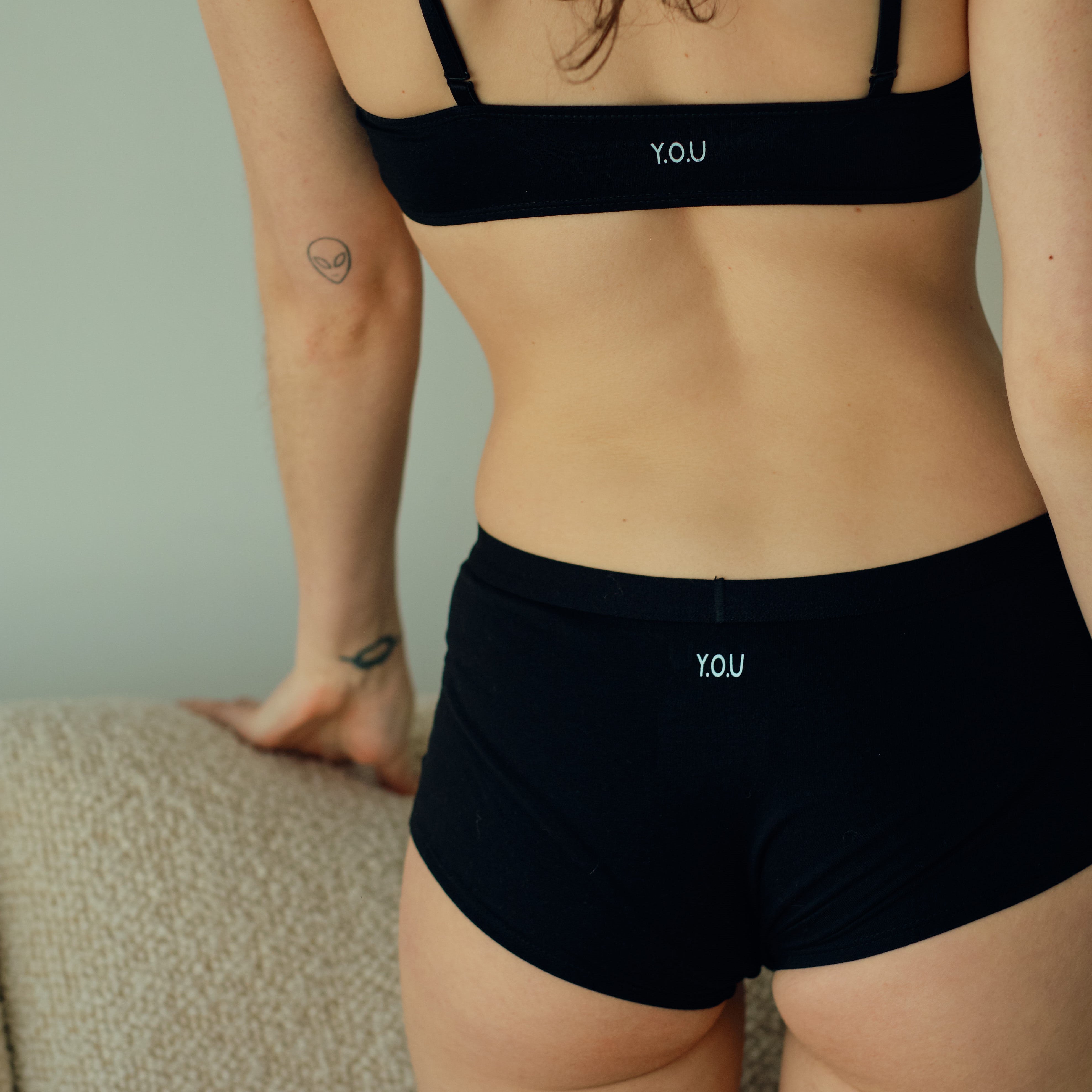
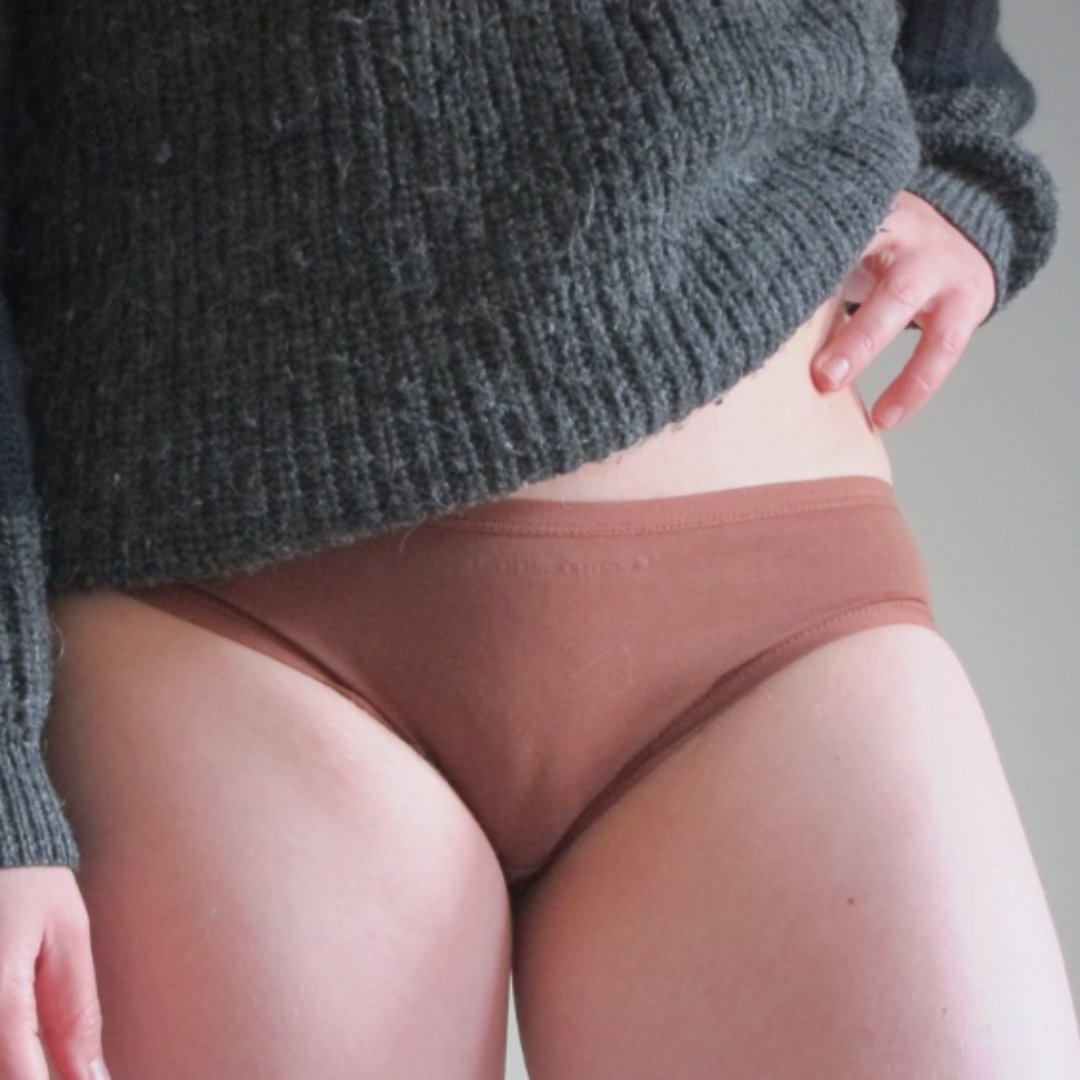
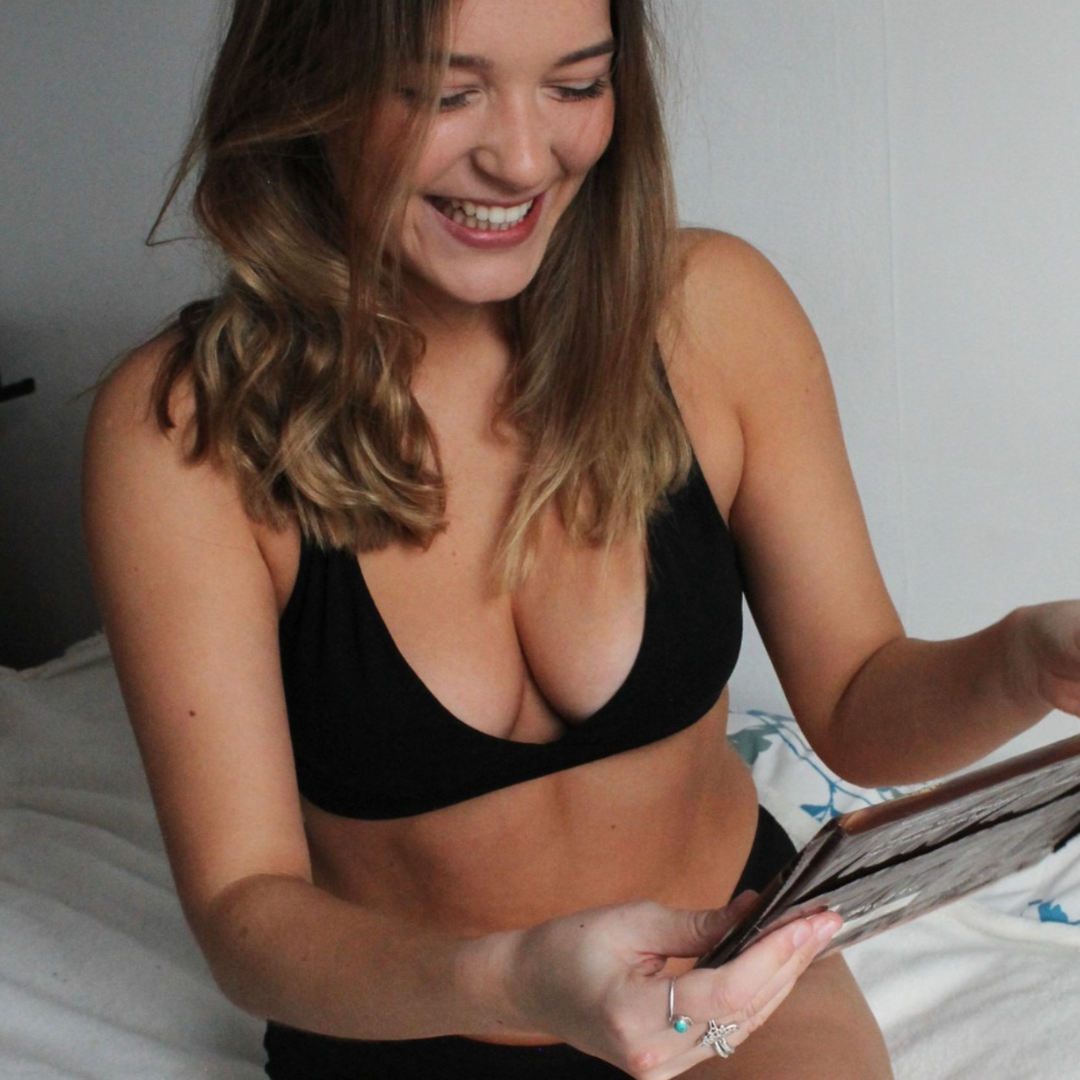

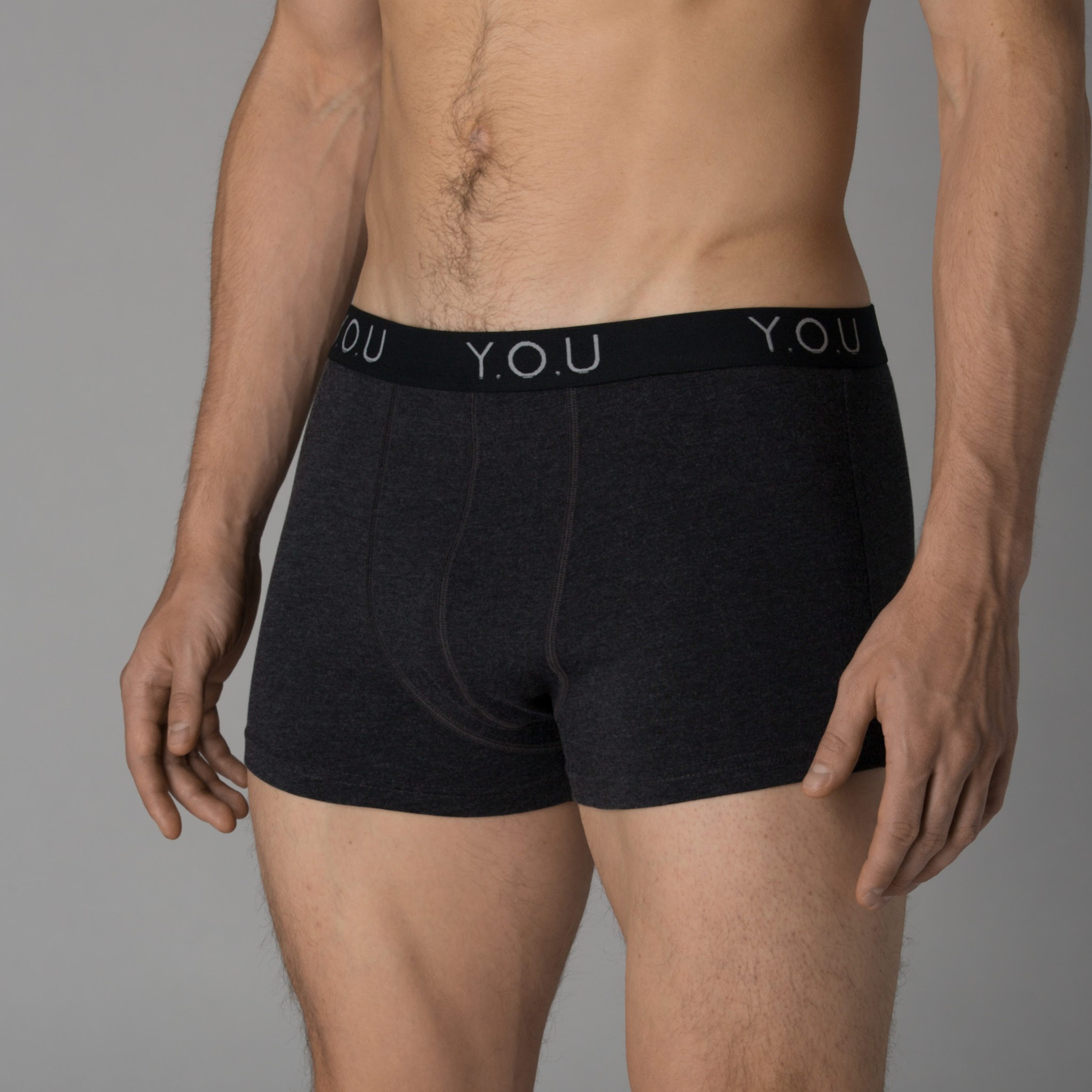
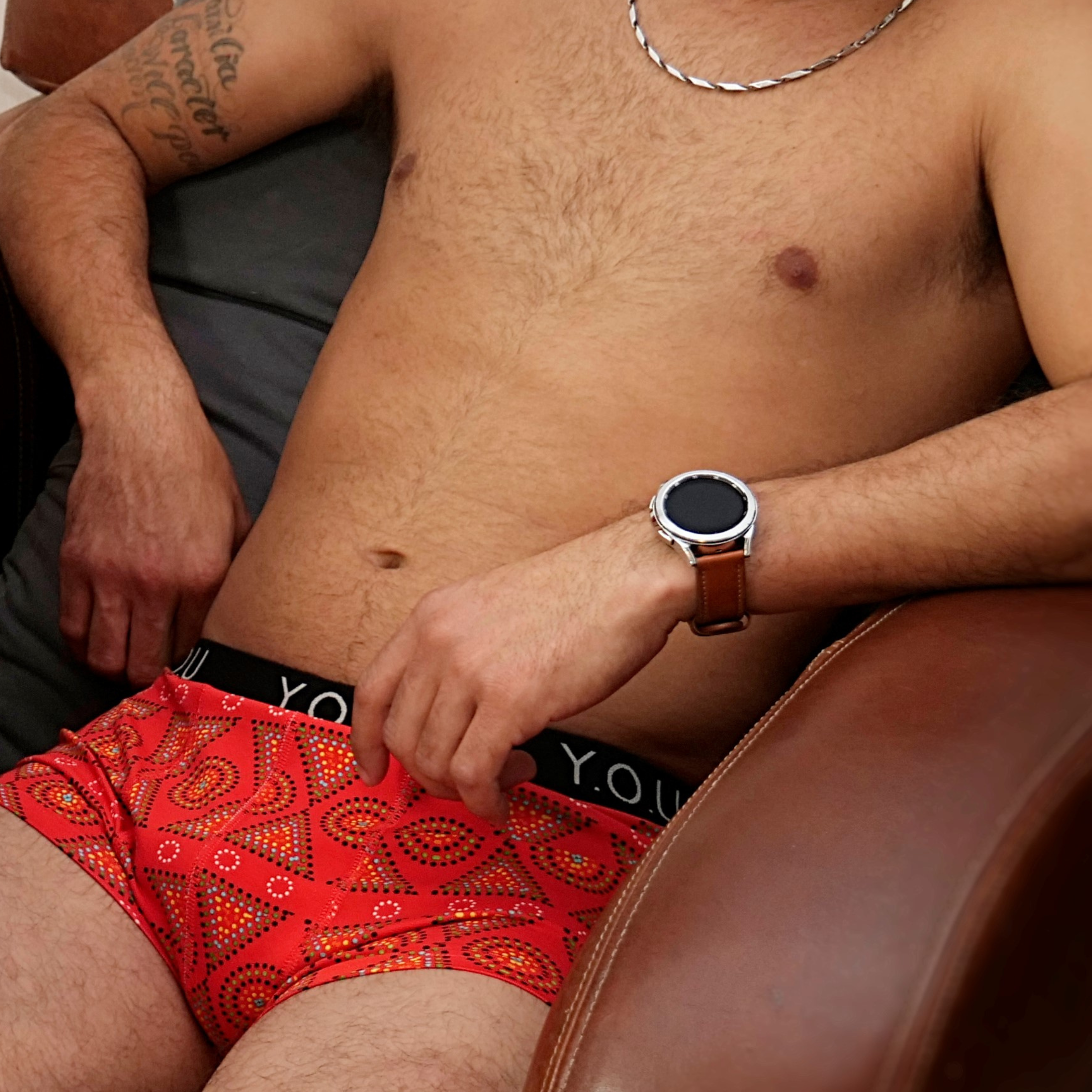
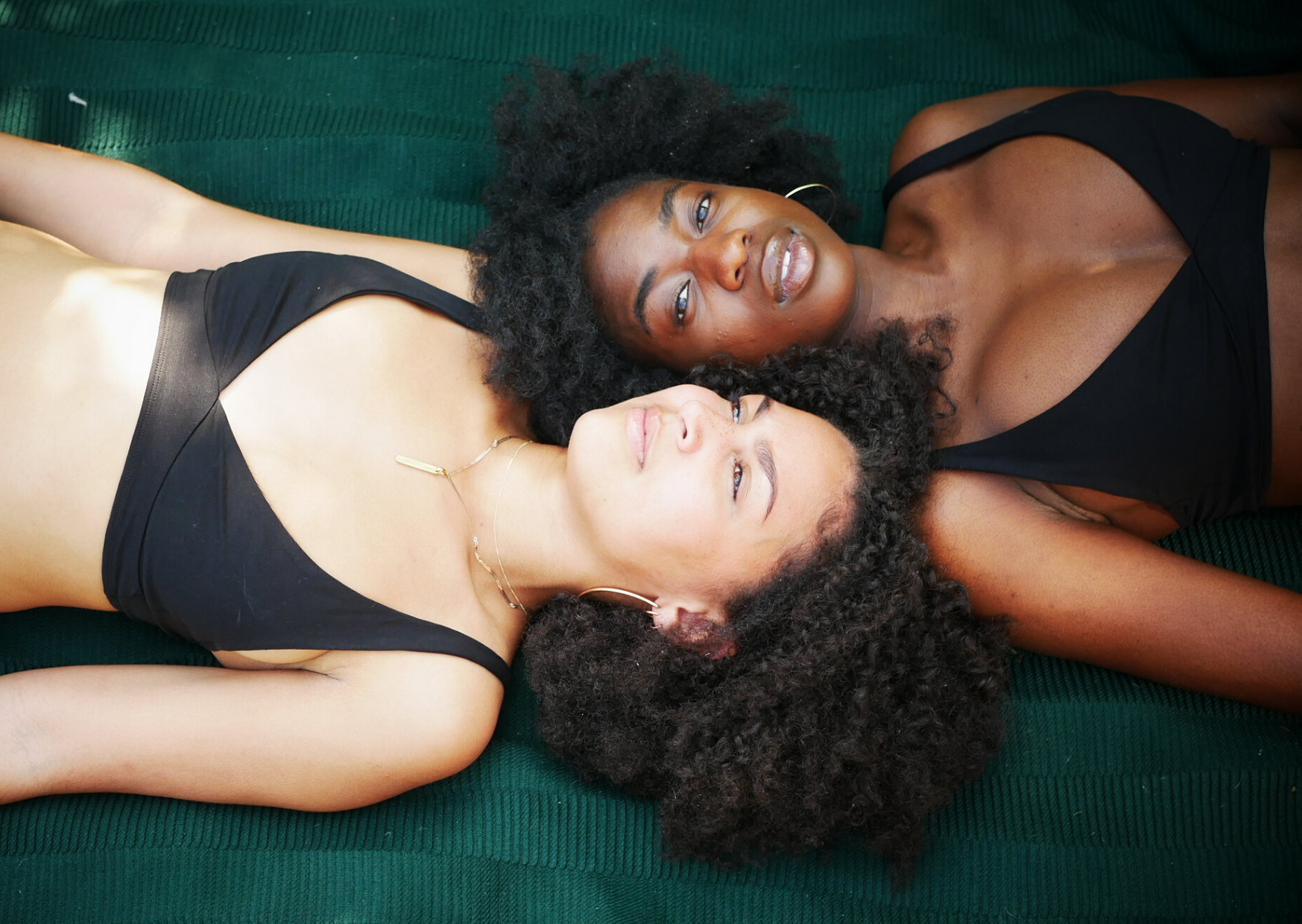
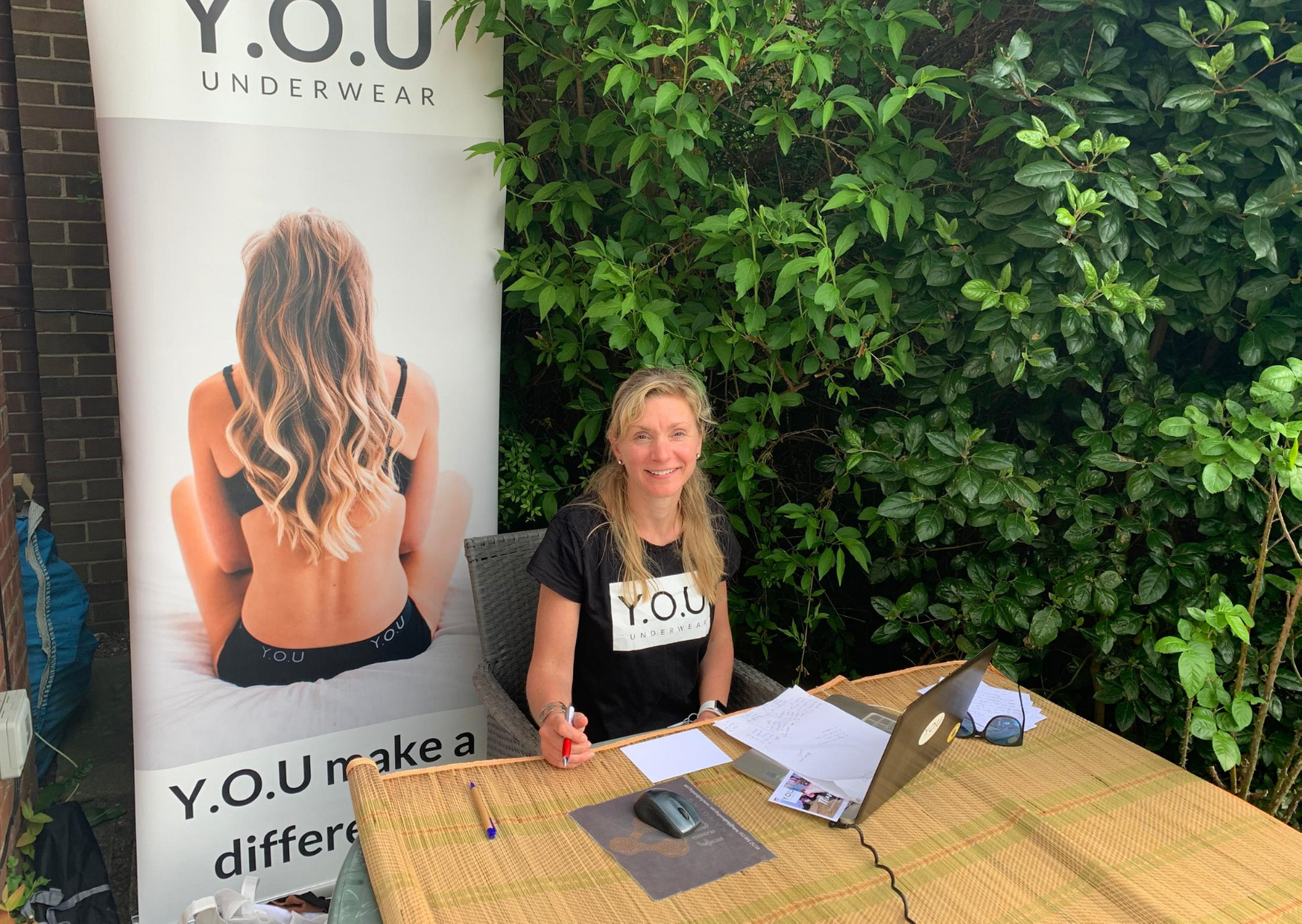


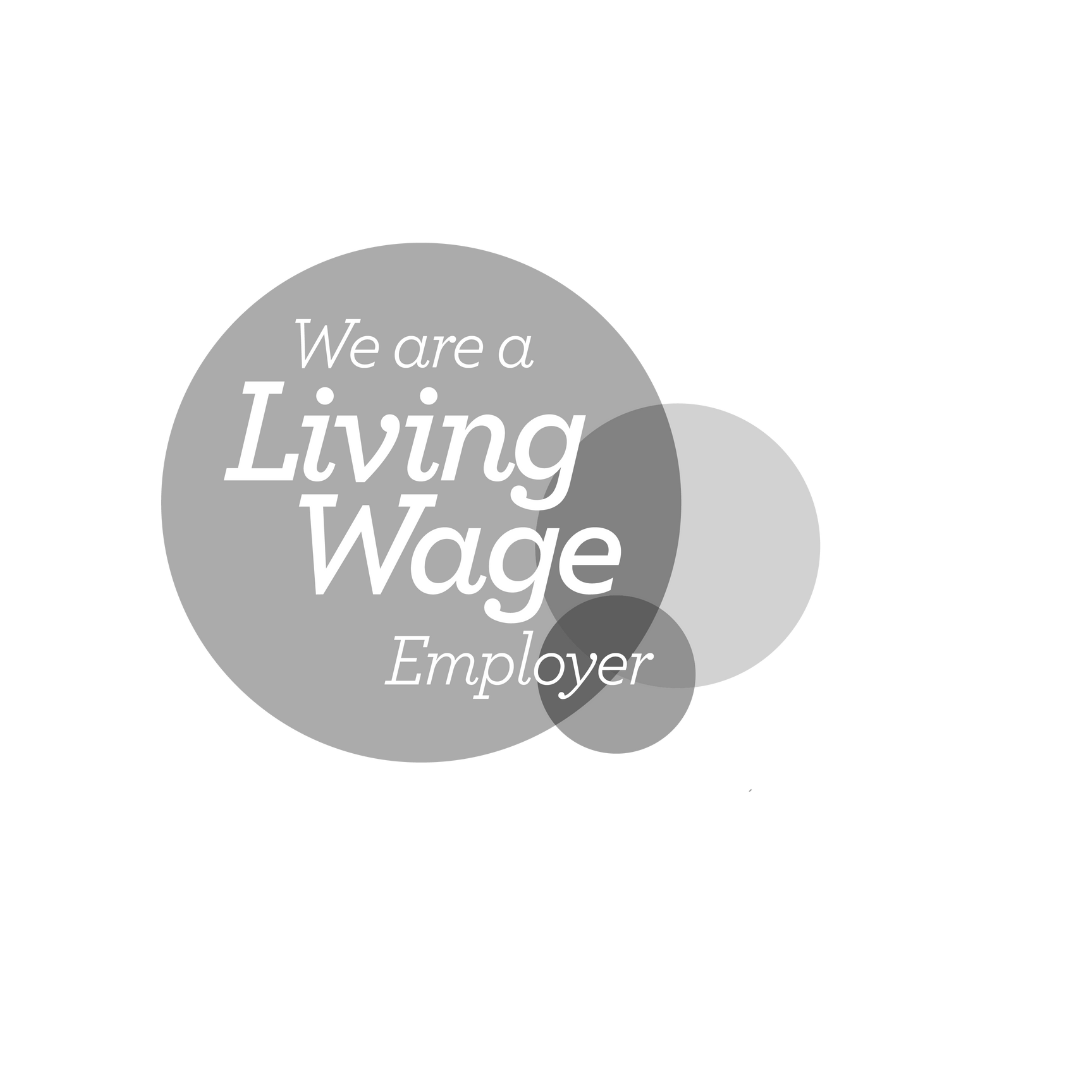



Leave a comment
This site is protected by hCaptcha and the hCaptcha Privacy Policy and Terms of Service apply.